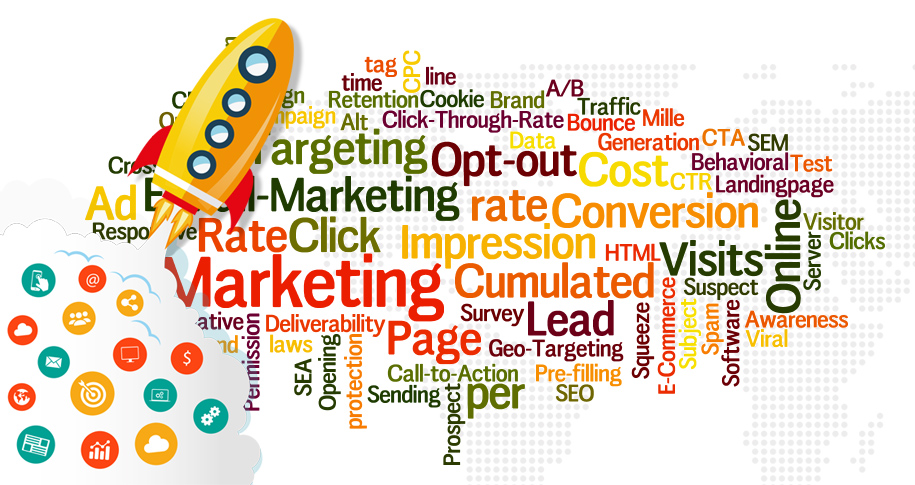What Is a HyperlinkWhat Is a Hyperlink?
A hyperlink is a... More?
A hyperlinkWhat Is a Hyperlink?
A hyperlink is a... More is a clickable element on a webpage that directs users to another location, either within the same site or to an external site. Hyperlinks can be in the form of text, images, or buttons, and they are foundational to web navigation and information sharing. Hyperlinks are created using HTML and are instrumental in connecting web content, enabling seamless browsing experiences.
Types of Hyperlinks
- Internal Links
Links that connect pages within the same website.
Example: A blog post linking to a product page on the same site. - External Links
Links that direct users to a different website.
Example: A blog linking to an external research study. - Anchor Links
Links that jump to a specific section within the same page.
Example: A “Back to Top” link. - Image Links
Hyperlinks embedded within images that redirect users upon clicking.
Example: A clickable banner ad. - Email Links
Links that open the user’s email client to send a message.
Example: A “Contact Us” link usingmailto:protocol.
Best Practices for Using Hyperlinks
- Use Descriptive Anchor Text
Anchor text (the clickable part of the hyperlinkWhat Is a Hyperlink?
A hyperlink is a... More) should be relevant and descriptive. Avoid generic phrases like “click here.”
Example: Use “Learn more about SEO strategies” instead of “Click here.” - Avoid Broken Links
Regularly check for and fix broken links to ensure a seamless user experience. - Use Target Attributes Wisely
For external links, usetarget="_blank"to open the link in a new tab, preserving the user’s session on your site. - Ensure Accessibility
Use clear, descriptive anchor text to make hyperlinks accessible for screen readers. - Optimize for SEO
Include relevant keywords in anchor text for internal links to improve site navigation and search engine rankings.
Benefits of Hyperlinks
- Improves Navigation
Hyperlinks connect content, making it easier for users to find related information. - Boosts SEO
Internal and external links signal content relevance and authority to search engines. - Enhances User Experience
Properly placed and functioning hyperlinks provide a smooth and intuitive browsing experience. - Increases Engagement
Linking to related content encourages users to spend more time exploring your site.
Conclusion
Hyperlinks are essential tools for organizing and connecting online content. By using them strategically and adhering to best practices, businesses can improve user engagement, navigation, and SEO performance.
